
Among the hills and valleys of Guanacaste’s highlands, hidden treasures are waiting to be discovered: hills that hide ancestral secrets, caves that whisper stories and mountains with panoramas that range from the volcanoes in the north of the province to the extensive coast just miles away.
Often, these charms of Guanacaste are local secrets and that’s why we’ve selected a combination of them so you don’t miss them on your next visit to the cantons of Abangares, Cañas, Tilarán, Bagaces and Liberia.
Abangares
Ecomuseum
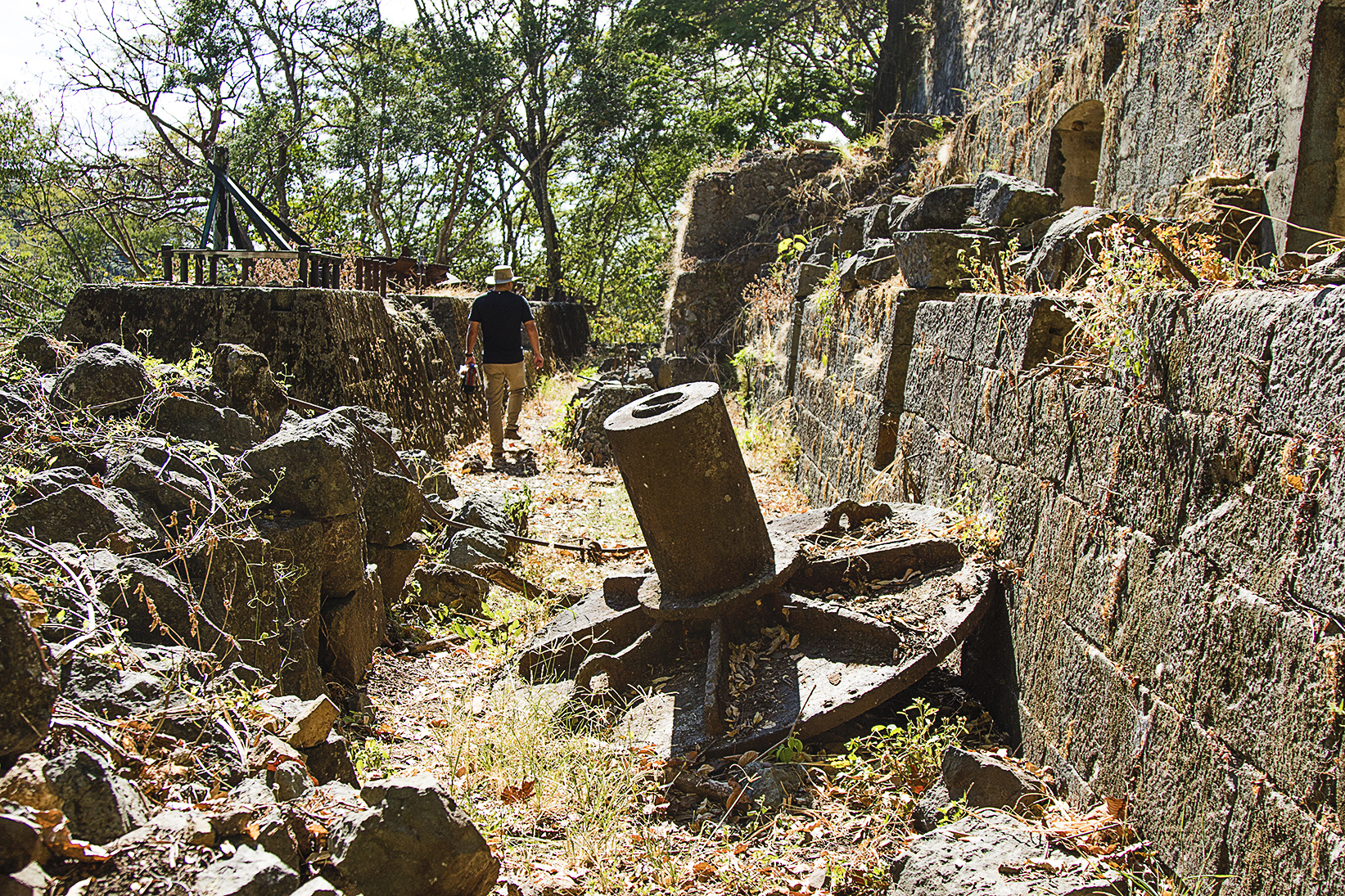
Ecomuseum in AbangaresPhoto: Ariana Crespo
The Abangares Mines Ecomuseum, recognized as a historical and architectural heritage of Costa Rica since 2005, stands out as one of the main tourist attractions in the canton of Abangares. This museum, established in 1991 with the purpose of preserving the history of the gold rush, focuses on Costa Rica’s largest gold mining industry, which operated from 1884 to 1931.
Through restored structures, objects, photographs and original machinery, the museum offers visitors an immersion into the past of mining, with tours that last more than two hours along trails and hidden ruins.
To visit this museum, you have to contact the Municipality of Abangares by phone at 8557-1700. Hours of admission are Tuesday to Sunday from 8 a.m. to 4 p.m. and the entrance fee is ¢1,500 (about $2.80) for Costa Rican residents, ¢1,000 (about $1.85) for seniors and students, and ¢2,500 (about $4.70) for foreigners.
Location: La Sierra, 5 kilometers (about 3 miles) northwest of downtown Las Juntas de Abangares.
La Popular Bakery
La Popular Bakery, with more than 70 years of history, was founded by the Rodríguez Family and acquired by Arturo Solano about 45 years ago. After his death this year, his son, Oscar Solano, has continued the tradition.
Their star products include pan de amor (bread of love), cheese empanadas with sugar, cinnamon bread and anise bread, prepared with fresh dough made the day before. Open Monday to Sunday, from 5 a.m. to 6 p.m., the bakery offers authenticity and quality for people looking for freshly baked delights.
You can contact the bakery by calling: 2662-0554.
Location: 25 meters east of the Abangares Unión Cantonal de Asociaciones de Desarrollo (Cantonal Union of Development Associations) building.
Pueblo Antiguo Lodge
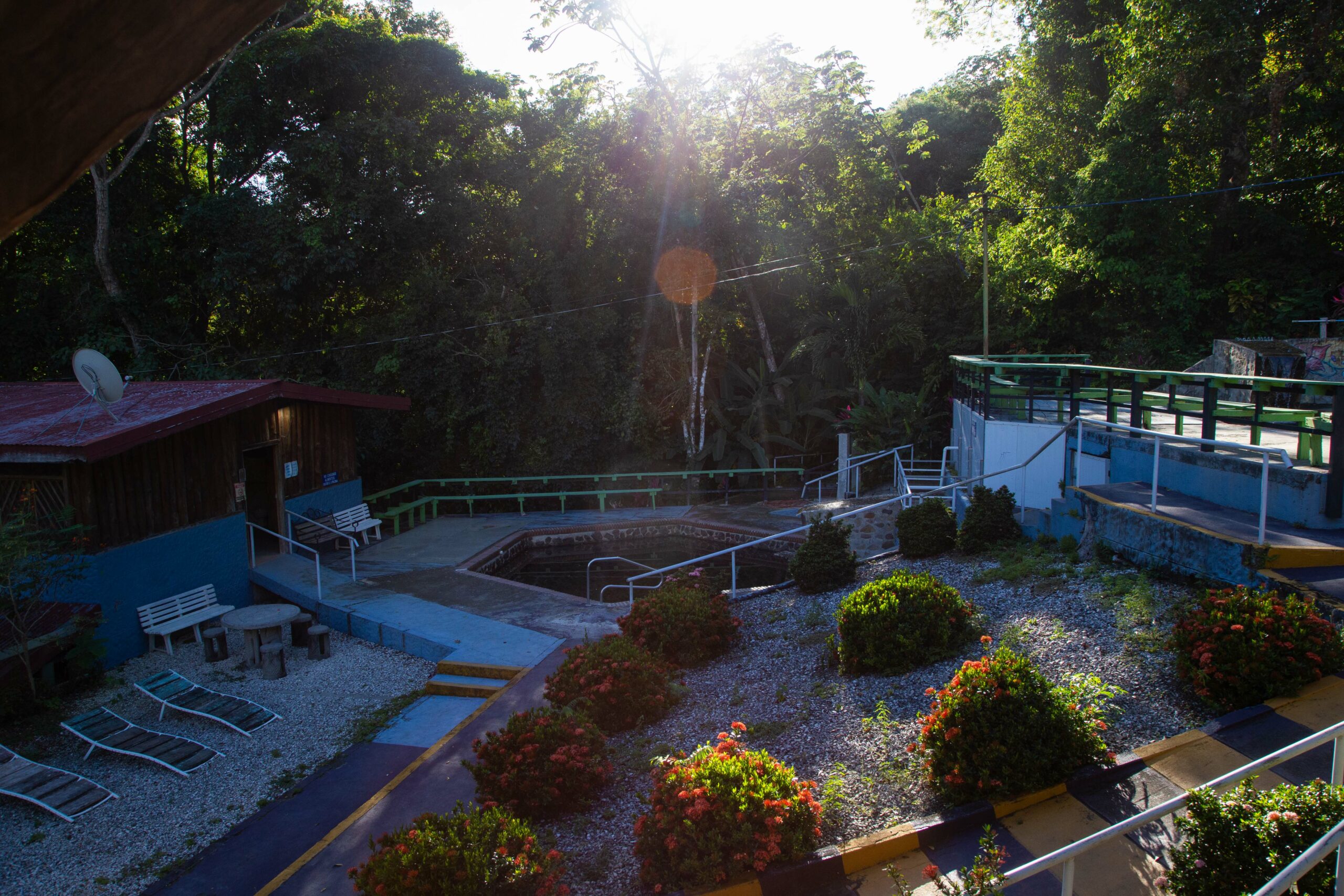
Pueblo Antiguo Lodge
“Finding Pueblo Antiguo was like finding gold.” That’s how a visitor described his stay in this small hotel deep in the mountains of La Sierra de Abangares.
Started as a family business 25 years ago, with the purpose of taking advantage of the area’s tourist attraction, this place offers ten bungalow-style rooms and three outdoor pools fed with thermal waters, one of which has hydromassage jets. In addition, it has a bar and a restaurant strategically located near the pools for greater convenience.
The estate, which encompasses 42 hectares (104 acres) of natural forest, is home to a hot spring, two cold water pools, trails and a natural lagoon. It is located just 4 km (2.5 miles) from downtown Las Juntas de Abangares.
To spend the day there, the cost is ¢3,000 (about $5.60) for Costa Rican residents and foreigners. To make a reservation, you can call 8344-3769.
Location: 50 meters southwest of the Catholic Church, La Sierra, Abangares.
Cañas
Farallón Monument
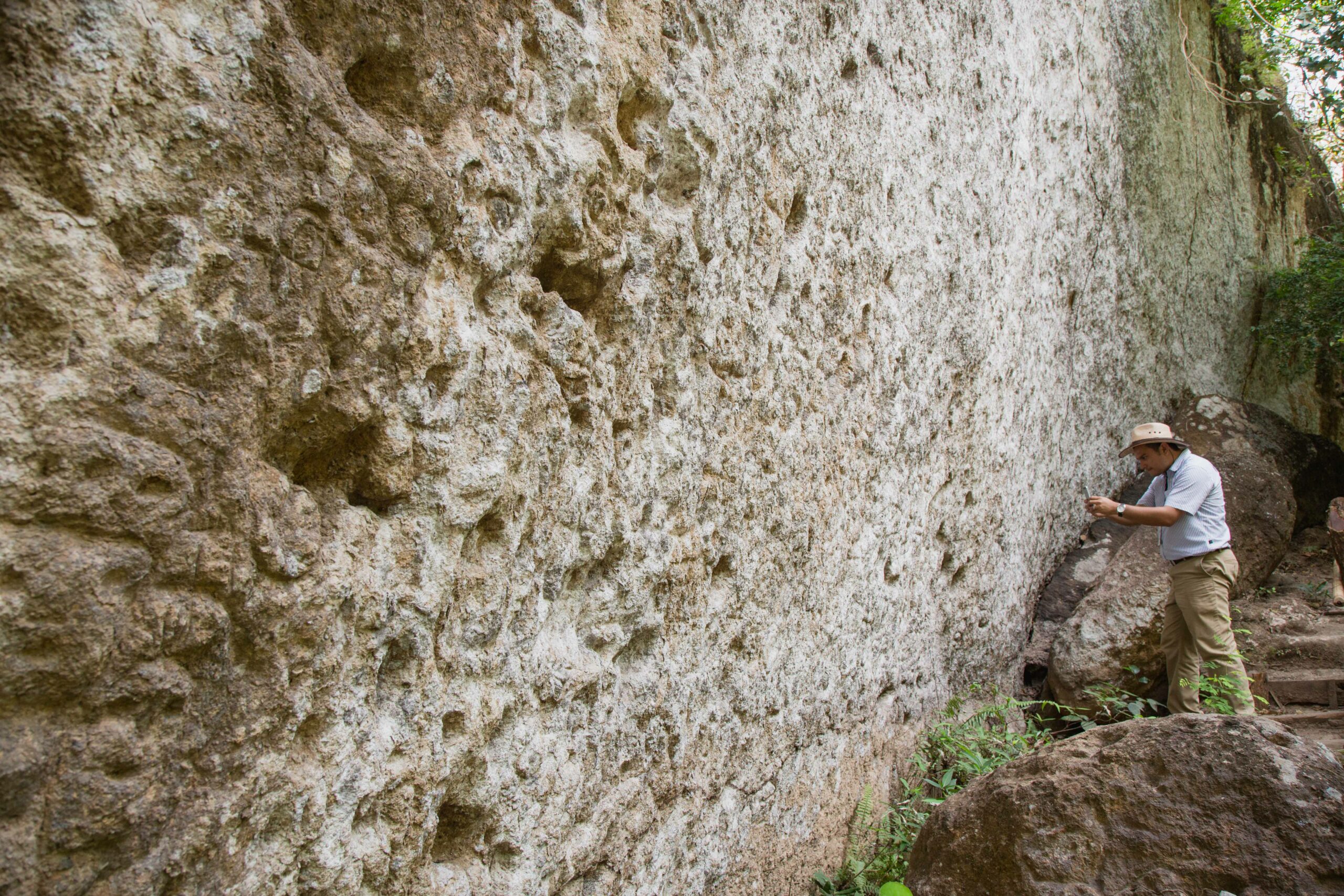
Monumento del Farallón
One of the greatest treasures of the Corobicíes is tucked away on a cattle ranch in Cañas: an 86-square-meter (925-square-foot) wall on which our ancestors engraved dozens of petroglyphs.
This monument, known as the Farallón (rock precipice), was declared a Historical-Architectural Heritage of Costa Rica in 1998, standing out as the largest archaeological site in the country located on private property.
A fascinating detail is that, according to anthropologist Elena Troyo, the Farallón is the Guanacastecan archaeological monument that holds the greatest diversity and quantity of petroglyphs on a single rock.
Admission to the Farallón property costs ¢5,000 (about $9.40) for Costa Ricans and foreigners and the rate for children between 12 and 17 years old is ¢2,500 (about $4.70). Boys and girls younger than 12 enter for free. The López family recommends wearing comfortable clothing and reserving admission by means of these phone numbers: 8911-8680 or 8651-2201.
Location: 14 kilometers (about 9 miles) from downtown Cañas, on the way to Sandillal at Las Lomas Finca, owned by the López Monge family.
Cerro Pelado
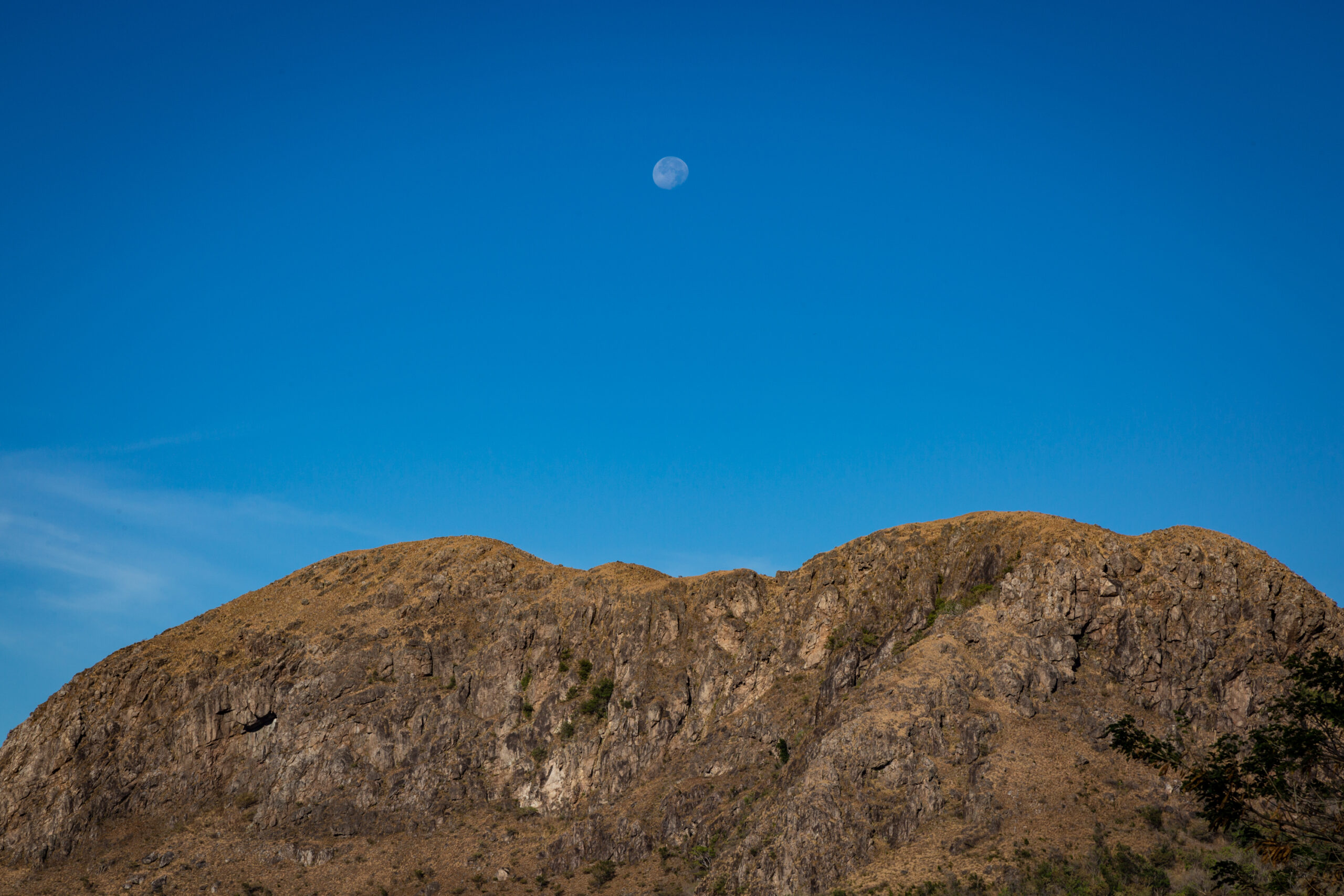
Cerro Pelado
Have you ever experienced the feeling of being left speechless by something truly majestic? If your answer is negative or if you want to relive that impression, Cerro Pelado awaits you.
To enjoy this magnificent hill, it’s recommended that you wear shoes appropriate for walking, bring enough water, a snack, repellent and sunscreen. A hiking stick is optional but can be useful.
Cost of admission to the site is ¢ 3,000 (about $5.60), and the parking lot has the same cost. In addition, guides are available to observe sunrise or sunset for a price of ¢13,000 (about $25), which includes admission, a traditional breakfast, visiting the waterfalls and the guide service.
If you have any questions, you can call 6413-2026.
Location: To get there, take the Inter-American Highway (San José – Cañas route) to the intersection of the town of Javilla Abajo in Cañas. From there, drive east for 12 kilometers (7.5 miles) to the hill’s entrance.
Leche Dormida
Leche Dormida (Sleeping Milk) is emblematic of Cañas, made with mysterious ingredients, whose details are unknown to the general public.
This culinary enigma surrounds the popular drink, whose recipe is closely guarded as a family secret. To enjoy this unique delight, we invite you to visit Soda Don Rogelio and the El Parque restaurant, two establishments located less than 150 meters (500 feet) away from each other, in the vicinity of the canton’s Central Park.
If you’re in Liberia, this news might make you happy: They recently opened a new cafeteria in that canton.
Location: Across from the Bank of Costa Rica, in Cañas.
Tilarán
Viento Fresco
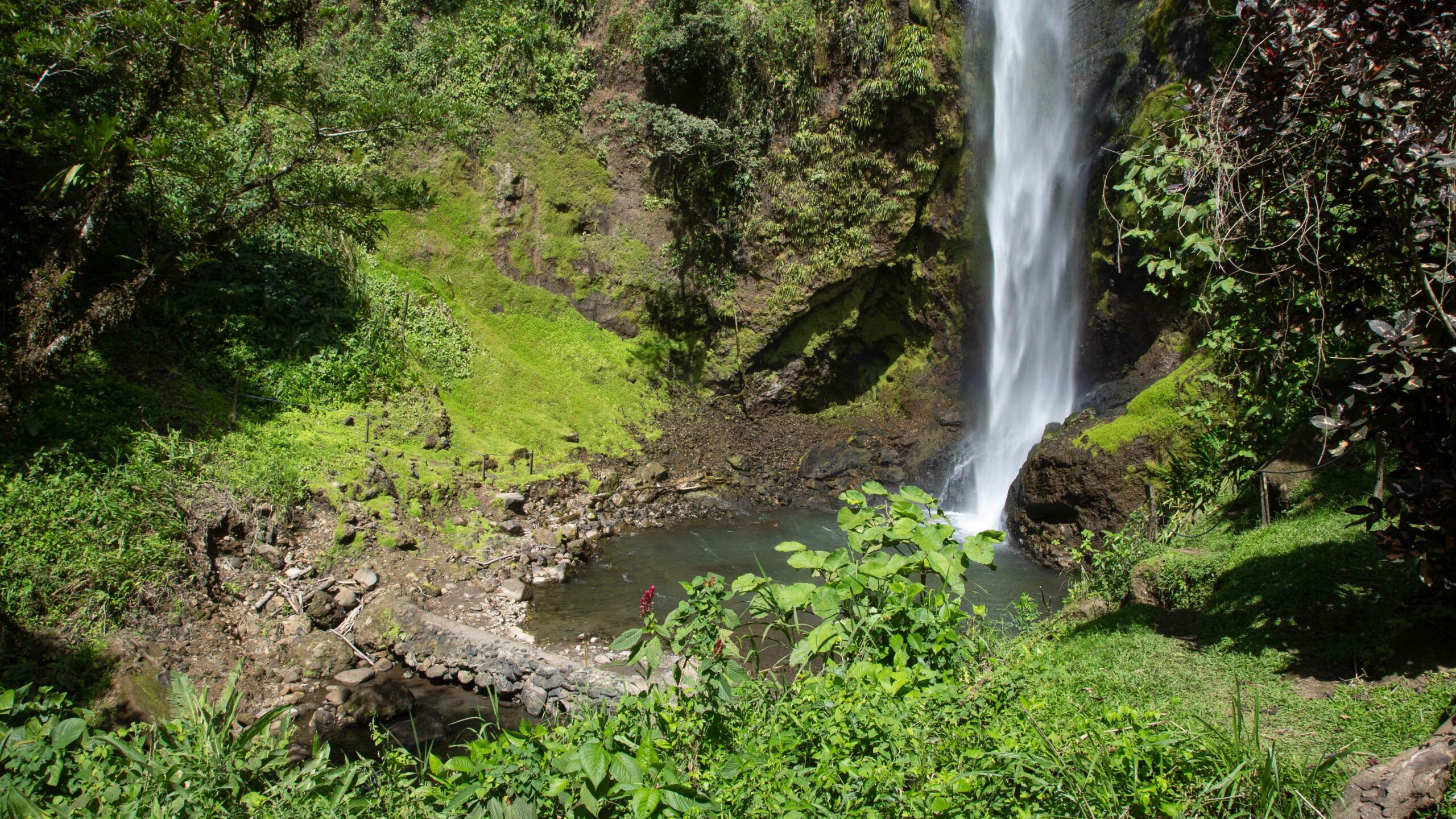
Viento Fresco WarterfallPhoto: Rubén F- Román
More than 20 years ago, by accident, the Álvarez Durán family found the first waterfall on their property. Due to the irregular terrain, they suspected there were more. Upon noticing that there could be more, they explored and discovered a total of four waterfalls, each one more impressive than the previous one.
In light of the growing influx of tourists heading to Monteverde, they decided to open access to the public. In addition to the waterfalls, they offer horseback riding tours and tourism packages that include lunch at the restaurant.
The cost of admission to Viento Fresco (Cool Wind) is ¢4,000 (about $7.50) for residents and $17 for foreigners. The place is open every day from 8:30 a.m. until 5:30 p.m.
To make a reservation, you can text message 8383-1178.
Location: 11 kilometers (about 7 miles) past downtown Tilarán, on the way to Monteverde.
Parque del Viento
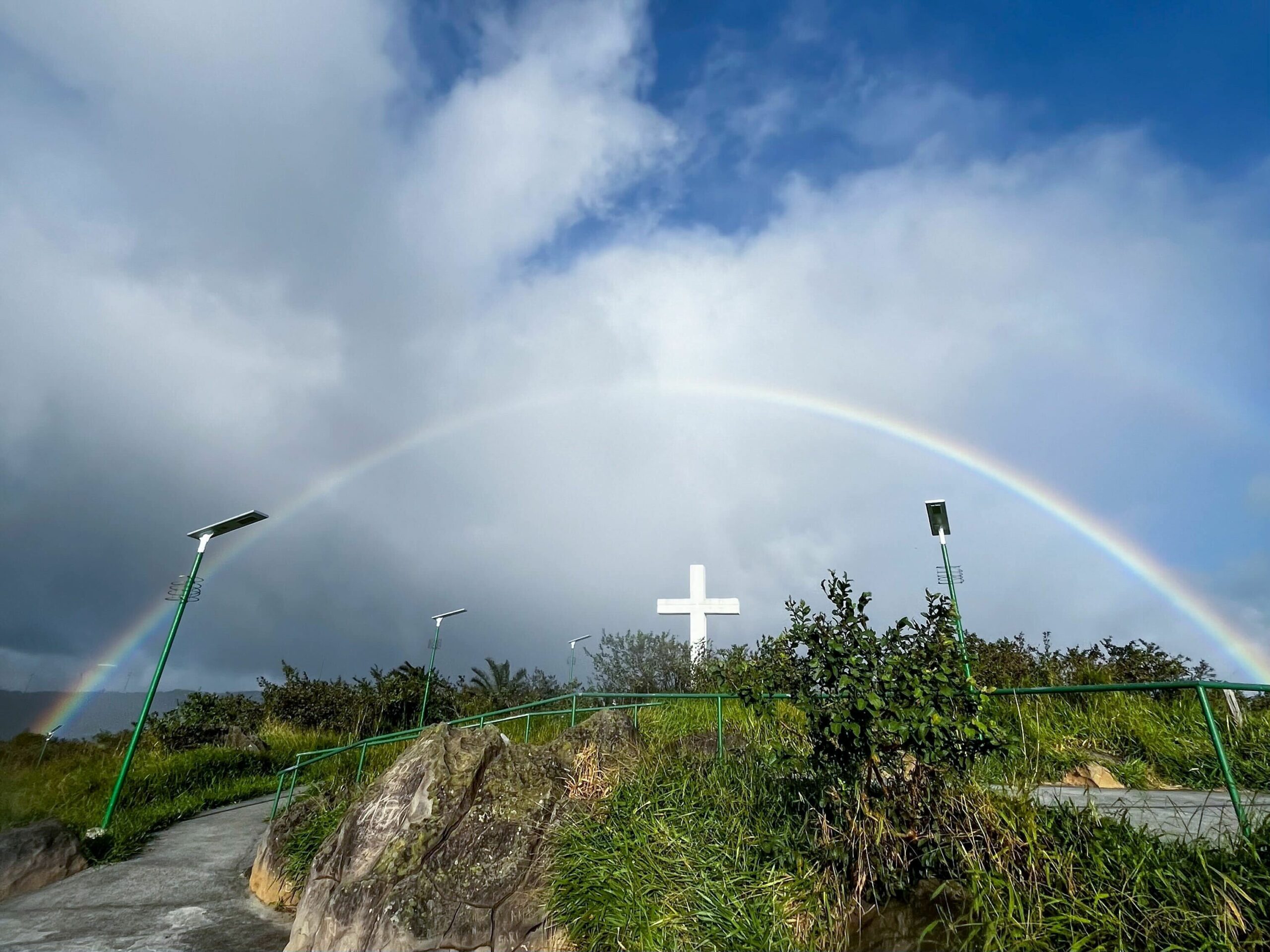
Parque del viento
Parque del Viento (Wind Park), a lookout point just a couple of minutes from downtown Tilarán, is in what used to be known as Tovar Hill. It stands out due to an imposing cross on the top, which is visible from different parts of the canton.
From the top, you can see Tenorio Volcano, Miravalles, Rincón de la Vieja and Orosí. You can also see Guanacaste’s lowlands, wind turbine farms and the central district of Tilarán.
Entrance and parking are totally free.
Location: About 3 kilometers (2 miles) from downtown Tilarán.
Paseo del Viento Plaza and movie theater
Due to its elevation, Tilarán offers the unique opportunity to enjoy unobstructed views of impressive sunsets from anywhere.
But if you prefer to watch the sunset with a cup of coffee, pastry, pizza or a drink, Paseo del Viento Plaza is an essential stop. From the second floor, you can enjoy a variety of meals while watching the sunset.
In addition, this place has the only movie theater in the canton. You can take advantage and catch a premiere while you’re at it.
Bagaces
Las Hornillas
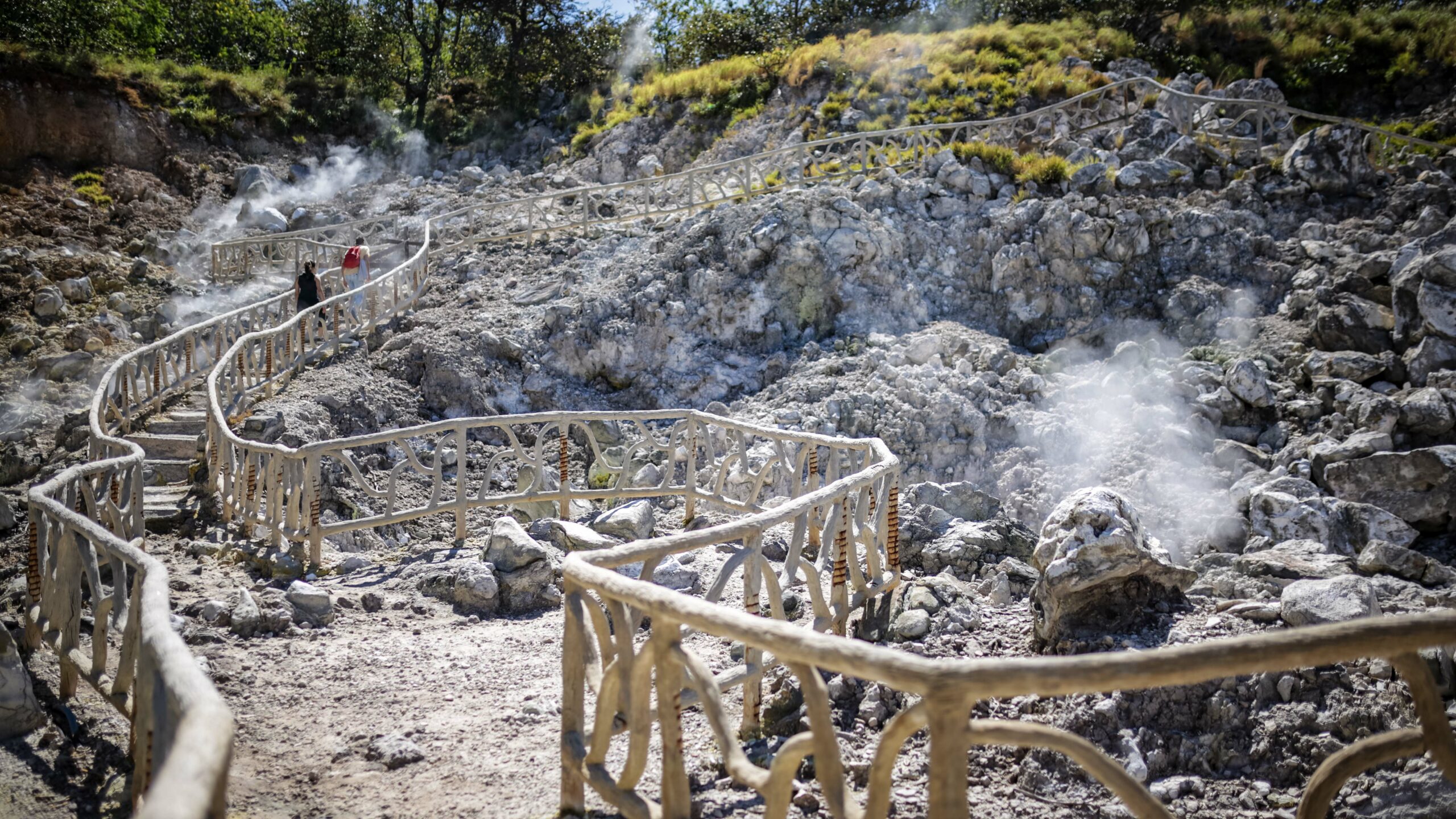
Las Hornillas
Discover the magic of our province in just one outing that combines the warm hug of subterranean heat with the coolness of the springs of water in this family tourist project located in La Fortuna of Bagaces.
The property was originally dedicated to livestock but that changed in 2002, when the head of cattle suffered due to the hornillas (fumaroles or vents), geothermal structures that produce mud. Since then, the Álvarez Zeledón family has transformed the place into a unique tourist destination. They began with activities in the crater and, in 2006, they expanded the experiences to other properties located a few miles higher up, offering tours of the forest.
In this tourist destination, waterfalls, saunas, and hanging bridges stand out, among other charms.
The full tour is available for residents for ¢21,000 (about $40), which includes tours and lunch. For foreign visitors, the cost is $65.
Contact: 8839-9769
Location: 400 meters south and 3 kilometers east of the Miravalles Geothermal Plants, in Bagaces.
La Chola Museum in Bagaces
María de los Ángeles Jiménez Martínez, affectionately known as Marielos Jiménez or La Chola of Bagaces, personifies the best of Guanacaste’s culture. Her home has turned into an authentic museum that encapsulates the essence and richness of this province.
Located in a commercial area, La Chola’s house stands as a cultural treasure. Here, the history of the people of Bagaces comes alive, represented in every corner and hanging on the walls of this remarkable museum.
When you visit this unique place, you have to try the iconic “costilla chineada” (ribs) or a traditional dish of achiote chicken. Of course, we recommend calling ahead to plan your visit at 2671-1143.
Location: 100 meters north of the Municipality of Bagaces, across from the Guanacasteca Pharmacy.
Murals downtown
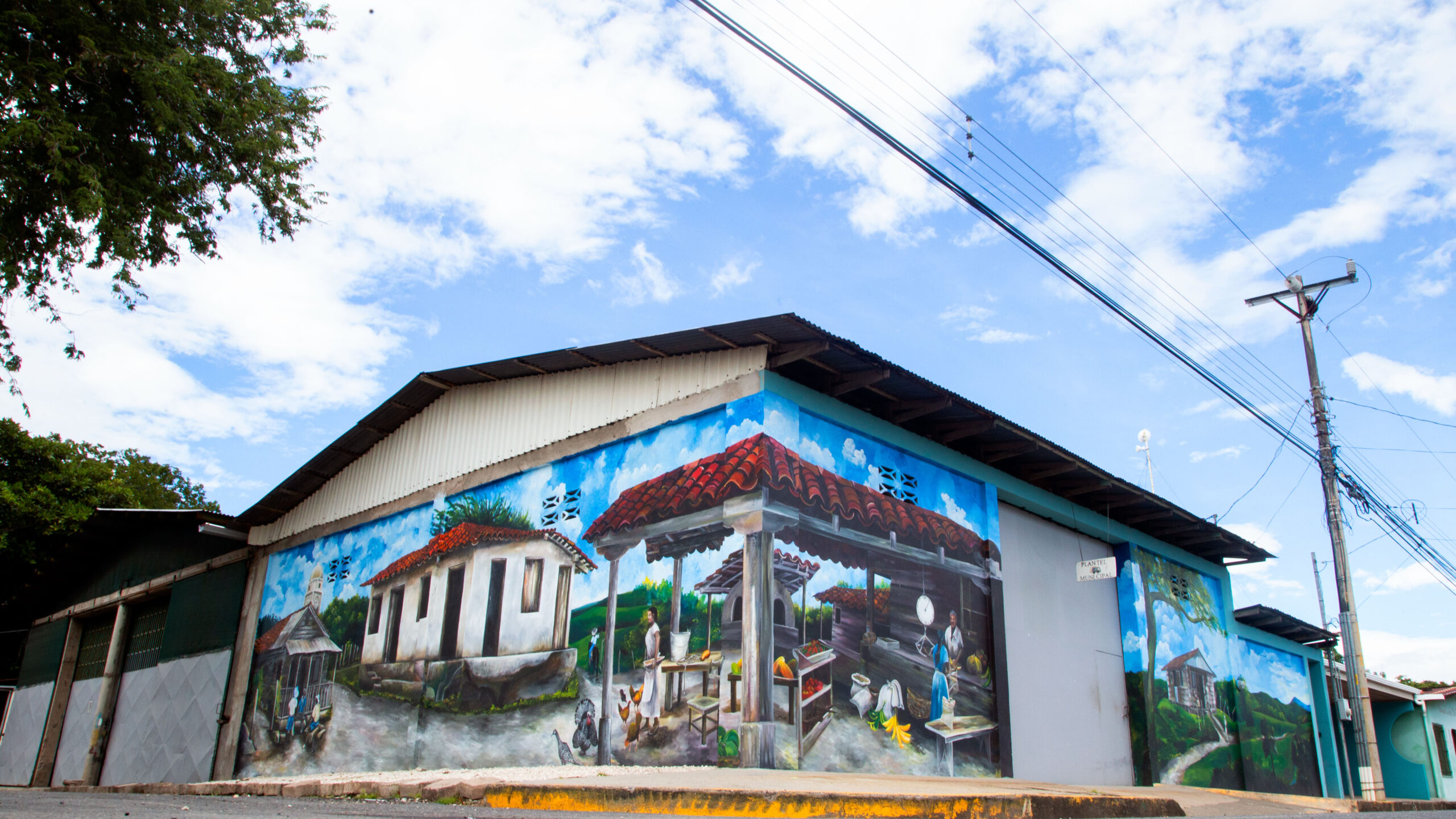
Mural
Imagine walking down the street and coming across a canvas of green forest that is home to tapirs, deer and migratory birds. Just one block away, you are immersed in a typical Guanacaste scene, where sabaneros (cowboys) and women make tortillas in a wooden house. These captivating scenes come to life in the community of Bagaces.
The central part of Bagaces has been transformed into a permanent art exhibit, thanks to an initiative that began in May of 2020. The Municipality of Bagaces’ cultural management office, in collaboration with local artists and with support from local businesses, has brought to life murals that decorate the walls of homes and businesses.
The purpose behind these murals goes beyond aesthetics, They are an effort to rescue the community’s cultural identity through art, turning Bagaces into a canvas that narrates the richness and diversity of its surroundings.
Next time you explore the central part of the canton, be sure to keep your eyes peeled for these fascinating murals that chronicle the rich cultural identity of Bagaces.
Location: Central part of Bagaces.
Liberia
Rincón de la Vieja
Rincón de la Vieja National Park stands out as a natural laboratory due to its only active volcano in the Guanacaste mountain range. With fumaroles, hot springs and a geothermal project, it offers a unique opportunity to explore geological phenomena and understand volcanic activity and geothermal resources.
The unique combination of volcanic activity and a geothermal project makes this park a perfect destination for those who have a passion for earth science.
It is open Thursday to Monday from 8 a.m. to 3:30 p.m. and if you want to visit this destination, you have to buy your tickets through SINAC’s online reservation and sales system.
Location: Approximately 25 km (15 miles) northeast of the city of Liberia, in the direction of La Cruz. Then take Route 164 east, following signs indicating the way to the park.
Curubandé Pools
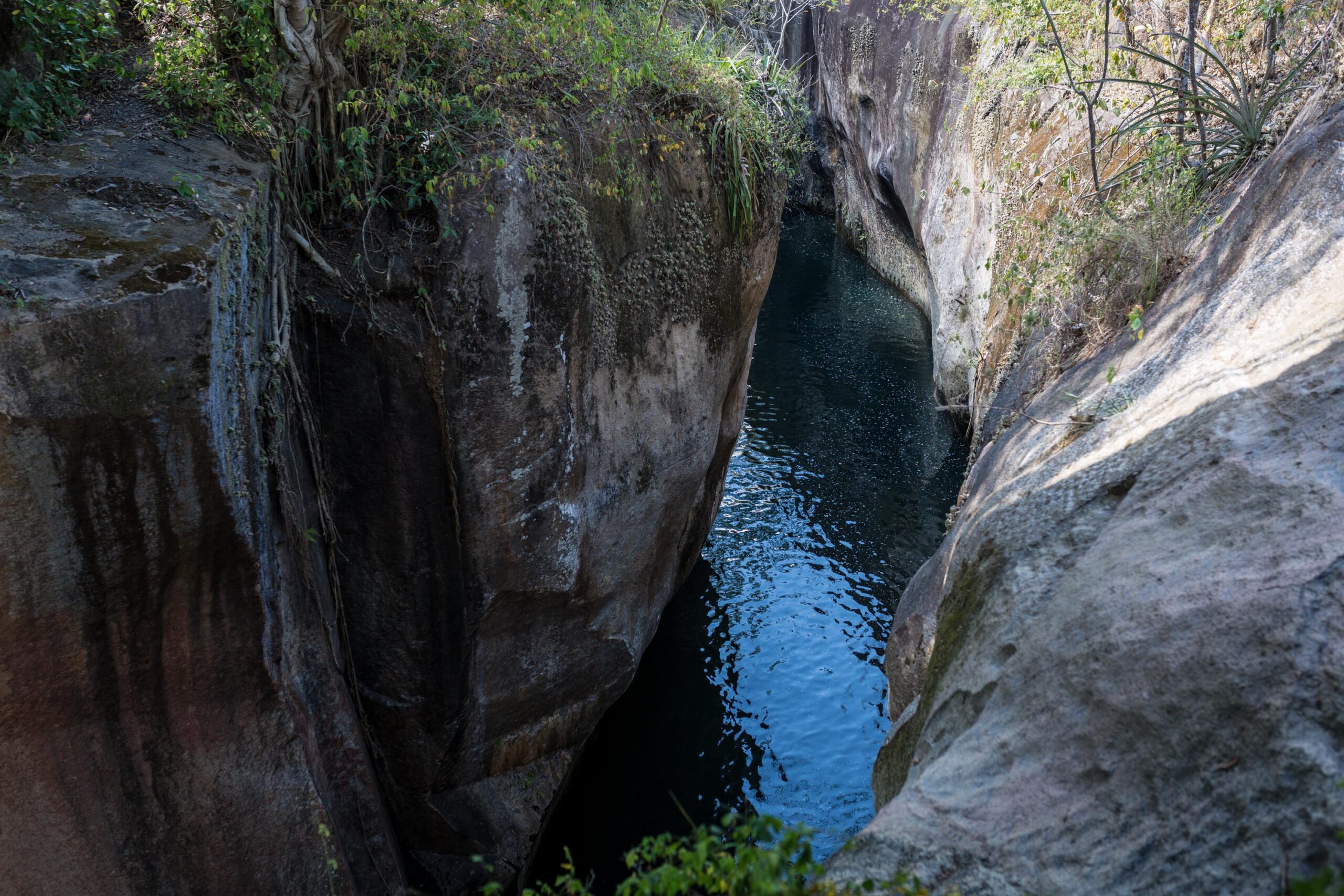
Curubande’s swimming hole.Photo: César Arroyo
On the slopes of Rincón de la Vieja Volcano, turquoise water flows from the pool known as La Pipa, located in Curubandé. The waters are calm and allow you to enjoy a natural stone slide.
This option is an ideal economical alternative for the whole family. Admission is free, but you also have the option of hiring the services of local guide Freddy Pérez, who offers life jackets and will share the history of Cucurumbé with you.
You can contact Freddy Pérez at 8707-0709. If you want to have lunch at the end of the tour, Pérez will take you to a small restaurant in the center of the community.
Location: Before the bridge over the Colorado River, the entrance to the pool is on the right if you’re coming from Liberia.
Calle Real
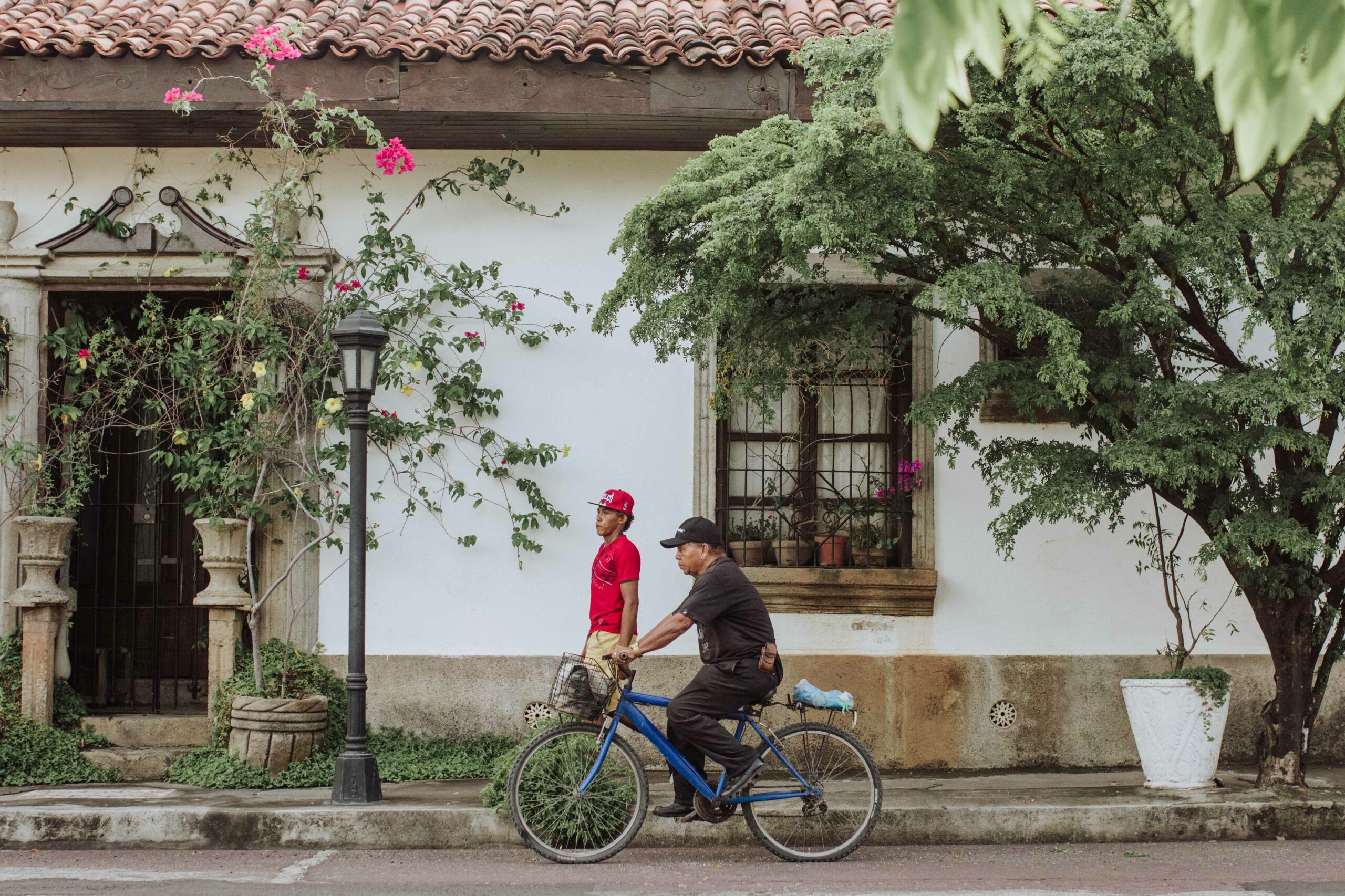
Calle Real
In the heart of the historic center of Liberia, the street Calle Real stands out as one of the few places that still preserves adobe and bahareque-style buildings, a technique that combines reeds or sticks woven together with a mixture of moist earth and straw. Here you’ll find properties that have been declared architectural heritage of Costa Rica, some more than 100 years old.
Today, these tall, spacious homes full of wood and mosaic details are lived in by smaller families who reuse the spaces, maintaining the history as much as possible and adjusting them to their needs. A few others have also been converted to hotels, hostels and some restaurants.
You can’t leave Liberia without taking a stroll through the downtown area, where Calle Real invites you to immerse yourself in the “white city’s” living history.
Location: From Mario Cañas Park, go 50 meters south. From there, you can appreciate the buildings until you reach Puente Real bridge.


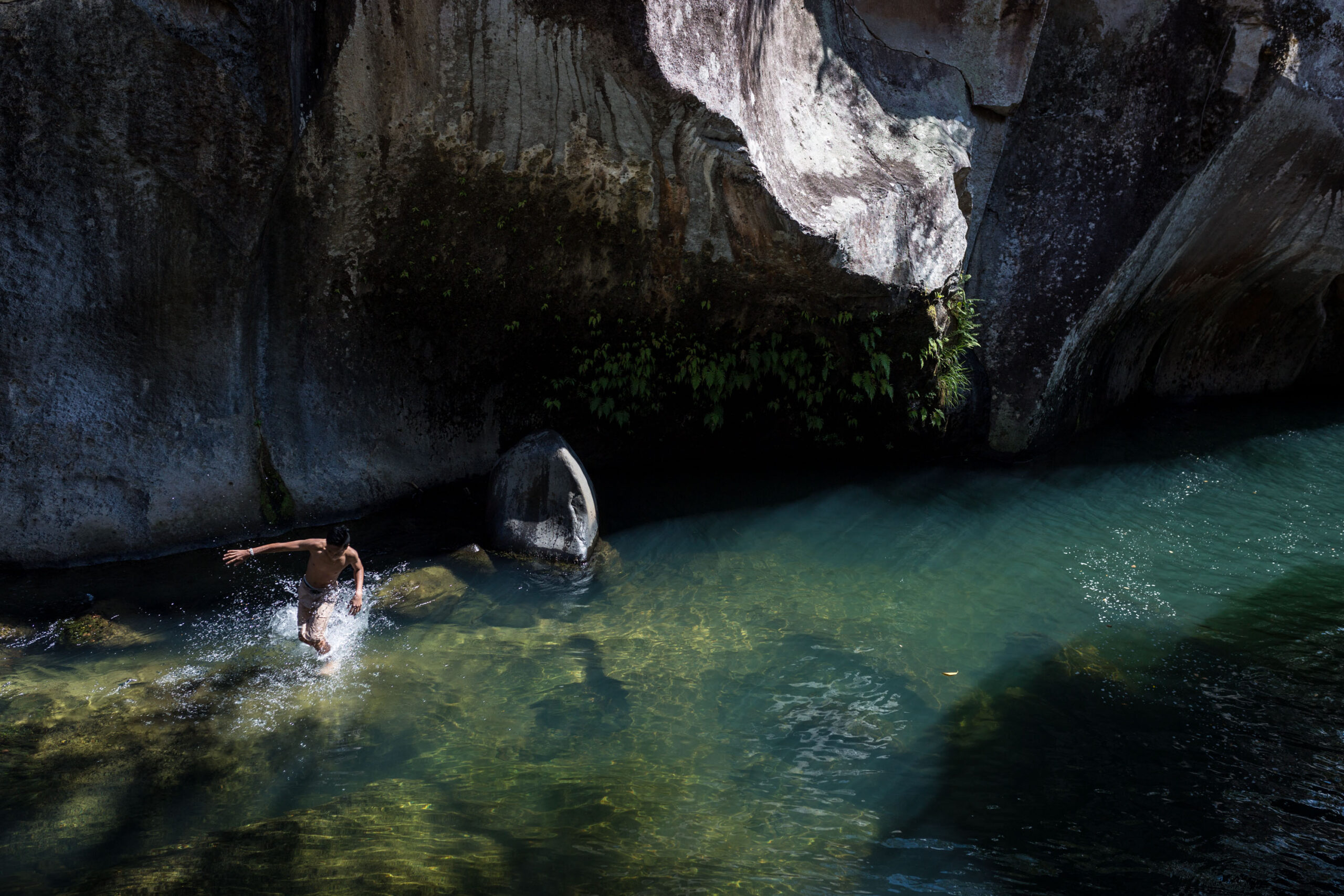
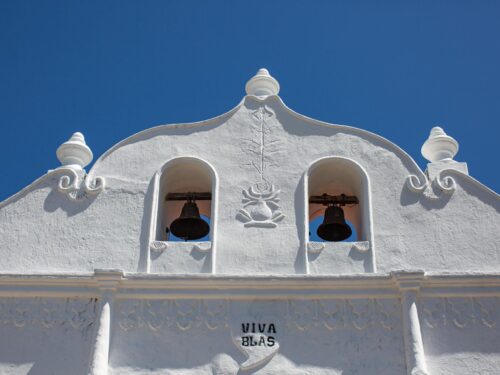
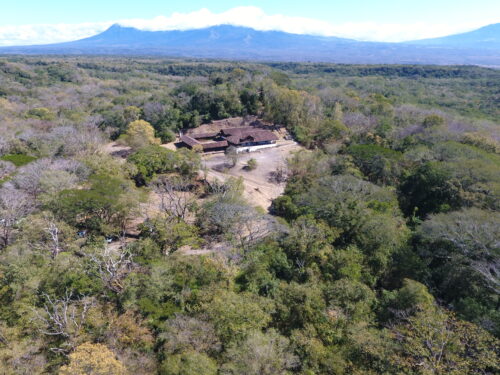
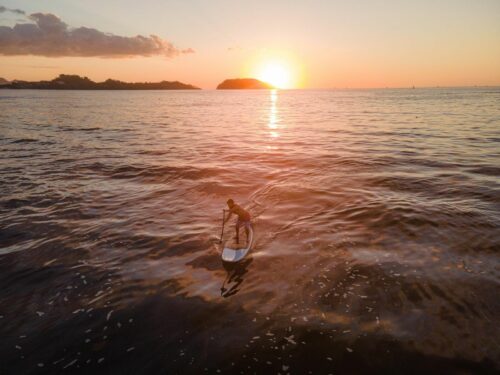

Comments